The Art of Cleaning Out Your Fridge
 Food waste. The subject is near and dear to me. Every year, anywhere from one third to two fifth of the food produced for human consumption is lost: that amounts to more or less 100kg per person in industrial countries, compared to less than 12kg per person in poorer countries. These numbers only take into account edibles intended for human consumption, and does not encompass the loss of water or land resources, nor the feed needed to raise the animals that end up being wasted. Factor in global transport for all this food, and the environmental consequences become staggering.
Food waste. The subject is near and dear to me. Every year, anywhere from one third to two fifth of the food produced for human consumption is lost: that amounts to more or less 100kg per person in industrial countries, compared to less than 12kg per person in poorer countries. These numbers only take into account edibles intended for human consumption, and does not encompass the loss of water or land resources, nor the feed needed to raise the animals that end up being wasted. Factor in global transport for all this food, and the environmental consequences become staggering.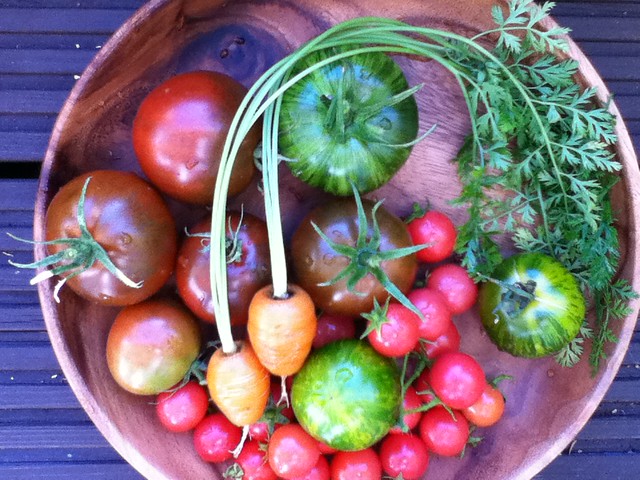
Granted, a big chunk of the food wasted is lost before it even reaches consumers. Imperfect fruits and vegetables are left in the fields and orchards because they do not meet industry standards; produce in excess of contracted yields are left in the fields and on trees to rot. Product recalls are important safety measures, but many aspects of food waste can be avoided. Things are slowly changing though: small farms are reviving the tradition of year-end gleans, inviting locals to reap the left-overs; France and Italy have implemented laws to reduce food waste in supermarkets and restaurants; and the ugly fruits and vegetable movement is gaining traction worldwide.
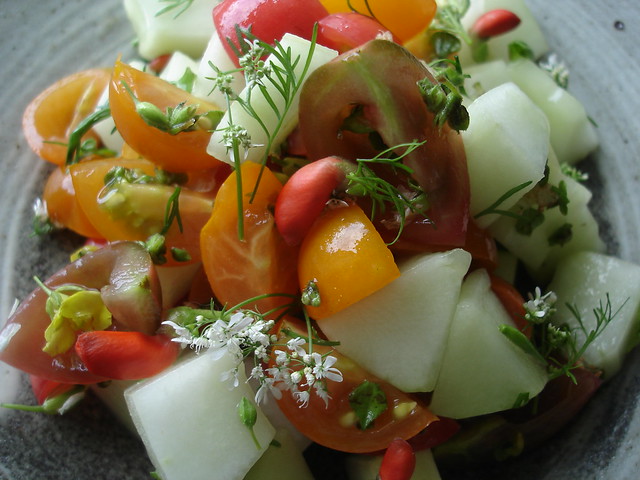
Nevertheless, a lot of perfectly edible food is still being thrown out at the end of the line: our fridges can be a minefield in the fight against waste. However, there is a whole lot we can all do to reduce food waste, whether or not we feel concerned by the shocking numbers. Food waste affects not only those who can ill-afford to throw out perfectly good produce, it affects everyone: wasted food translates to wasted money. One does not need to jump on the zero waste bandwagon to make a difference. Nor does one need to have a perfectly curated pantry -though it does help to have a few basics on hand.
I admit the fridge can sometimes seem like unchartered territory. Mysterious jars, bowls and pots of food gather at the back of the fridge, forgotten, unfamiliar, and occasionally, spawning life of their own. And yet, whatever found its way in the refrigerator is there by our own hands. It happens to the best of us. Nevertheless, in order to minimize waste, whether of food or of money, it's always a good idea to keep track of the fridge's content.
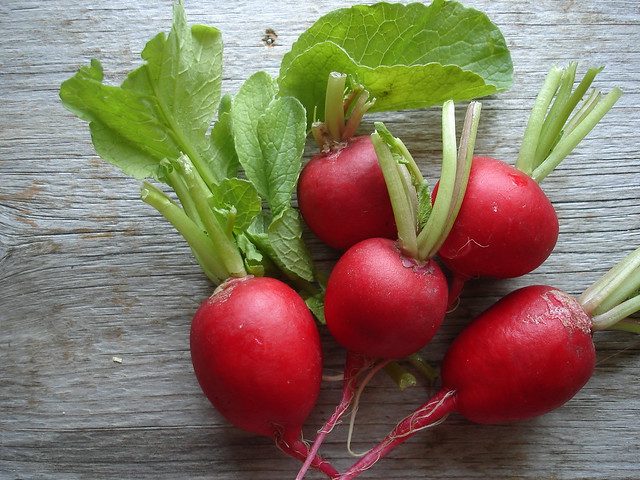
For those of us who lack the wherewithal to write down a weekly meal plan and to stick to a shopping list, having a few tricks up one's sleeve can really help to make the most of what is already in your fridge. First things first, try to keep the fridge organized. This tip is a bit of a no-brainer, but an organized fridge truly makes everything from meal prep to grocery shopping so much easier. And, just as important, is to make sure that everyone who shares said fridge is on the same page!
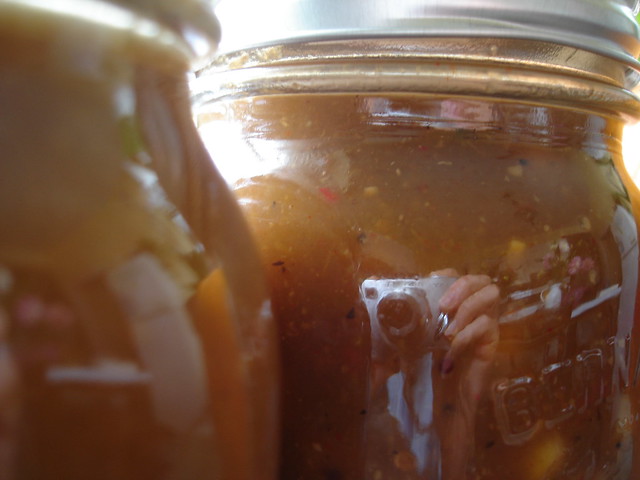
Condiments should be the only items stored in fridge door shelves; milk and juices belong further away from the door to avoid temperature variations. Pickles, sauces, preserved foods (such as anchovies, olives, jam...) usually contain enough salt/sugar/vinegar to stave off spoiling. While most condiments have long shelf-lives, it's always a good idea to sort through them every now and then. Discard any nearly empty jars, or transfer the dregs to a smaller container: half-empty jars with streaky surfaces are more likely to spawn mould than tightly packed containers. Open jars of pesto should not be refrigerated for more than a week - any left-overs should be frozen in ice cube trays or small jars.
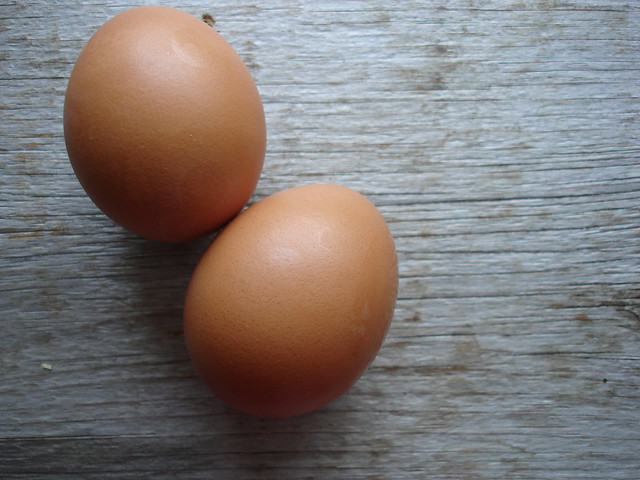
Eggs are a constant source of contention in the kitchen. Should they be refrigerated or left out at room temperature? The short answer is 'it depends.' If the eggs were washed before being boxed and shipped out (as they tend to be in North America), they should always be kept refrigerated. Eggs have a natural waxy barrier that offers a certain amount of protection against bacterial contamination; washing off the waxy coating renders the eggshell more porous, thus more vulnerable to contamination. The rule of thumb is if the eggs are refrigerated at the shop, they should be refrigerated at home.

Fruits and vegetables should be stored in separate drawers: fruits give off ethylene gas, which will cause vegetables to spoil more quickly. Most root vegetables, with the exception of carrots, radishes and new potatoes, should not be stored in the fridge. Onions, (not new) potatoes, garlic and ginger prefer cool and dark storage, which can be anything from the cold cupboard under the kitchen sink, or an aerated box in the garage. Roots with their greens, such as the beetroots above, should be divested from their leaves; the roots can be stored with onions and potatoes, but the leaves should go in the crisper drawer. If you prefer bananas on the firm side, keep them in the fridge: the skin will brown over time, but the flesh will remain firm. Tomatoes, on the other hand, should not be stored in the fridge, nor should they be kept near root vegetables; they actually prefer being kept in the fruit bowl, along with citrus and under-ripe avocados.

Any vegetable that looks a little past its prime should get top priority. However, it is important to keep in mind that wizened vegetables won't necessarily be at their best prepared 'the same old way.' Simply boiling or steaming broccoli that has flowered just won't cut it. There is always the option of throwing everything into the soup pot, and hoping for the best; with a few cupboard staples, such as beans, grains, and few spices, turning sad vegetables into a liquid meal is an easy solution. There is a whole soup section in the Recipe Index, but here is a link to Soup Basics and to Japanese style congee, if you prefer something a little more substantial than soup.
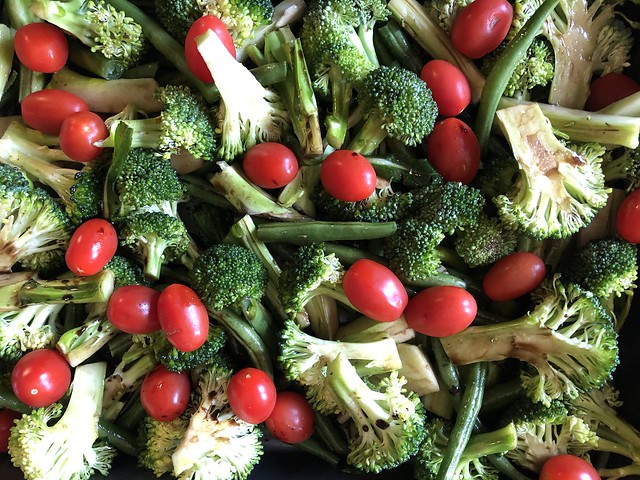
As for that flowering bunch of broccoli, it might be a little too funky for the soup pot, but it would actually be killer roasted with olive oil, garlic and lemon zest. Peel the stalks, and cut into bite-sized sticks, and throw them in: they deserve more than being thrown straight into the compost bin. Add a few anchovies, if you like them, and for those who don't, a generous drizzle of balsamic vinegar. In fact, a lot of vegetables could benefit from a good roasting: most vegetables become tender, all the while developing a bit of a crispy crust. What more can you ask for?
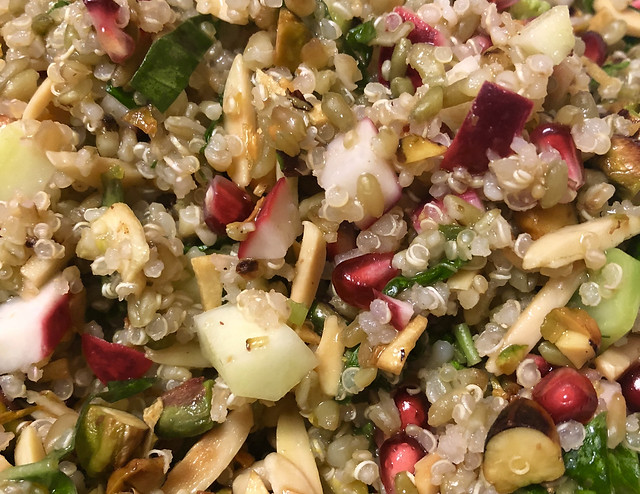
And, since it is supposed to be Spring right now, and it will -hopefully- soon be too warm for most soups and roasted vegetables, there is a plethora of salads in the Index -feel free to substitute ingredients with what you have on hand- as well as a guide to building a good salad, though I will probably write up a more complete one in the coming weeks. If salads aren't your thing -they should be- v, simple tarts and quiches are a great solution for an armful of vegetables, and there are often left-overs for the next day.
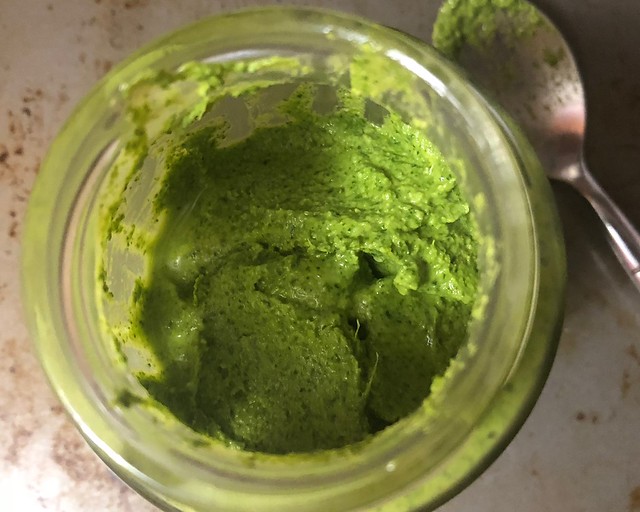
If all else fails, most leafy greens can be turned into pesto (it's not just about the basil!), and slathered onto pasta or pizza. Pictured above is a watercress, roquette (arugula) and cashew pesto, with lots of garlic, of course. Other vegetables can be turned into all manners of dips and spread such as muhammara or Romesco sauce (both are red pepper based, but these can be replaced with other vegetables.)
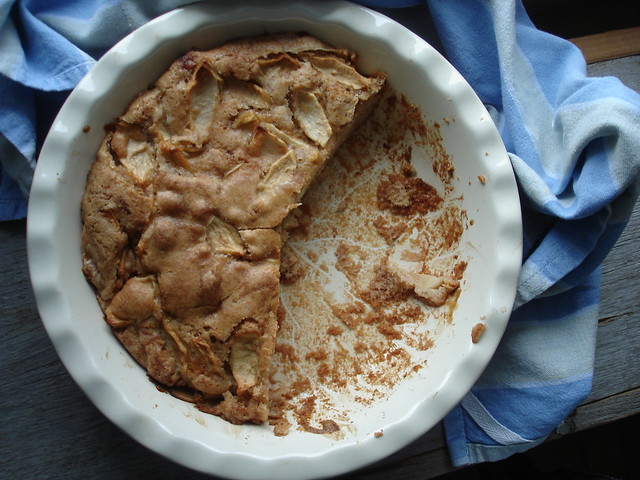
Most fruits are okay to hang around for a while. Apples and watermelons are best kept in the fridge for optimal crispness. Otherwise, fruits generally benefit from a few days at room temperature to allow them to softened. Unfortunately, berries do not keep well in the summer heat: they are basically designed to be gorged on, any left-overs can be refrigerated for a couple of days, or frozen. Or turned into cake, because who doesn't love cake? The apples in this very simple cake can be substituted with just about any other fruit, as can the rhubarb in this upside down cake. And there is also the ubiquitous smoothie...
Left-overs should ideally be stored on the top shelf of the fridge in see-through containers, barring which, containers should be labelled clearly -painter's masking tape and permanent markers should be a mainstay in the kitchen. Freeze any left-overs substantial enough to make another meal: don't forget to include the date as well as the content on the label... While we might not all have the luxury of owning spacious freezers, don't be afraid to use what little space you have. Even small ice boxes can help extend the shelf life of left-overs by a few weeks.

Store raw meat and fish on lower shelves or, if possible, in a dedicated drawer, in order to minimize drips onto other foods. Raw, un-marinated proteins should be consumed within two days of purchase; if this is not possible, either marinate or freeze. Also, keep in mind that, unless the meat is vacuum sealed, it should be taken out of its packaging and wrapped tightly in plastic film or alternatives, such as beeswax food wraps. And please place anything you defrost on a plate or in a container, you don't want all those juices dripping in the fridge.
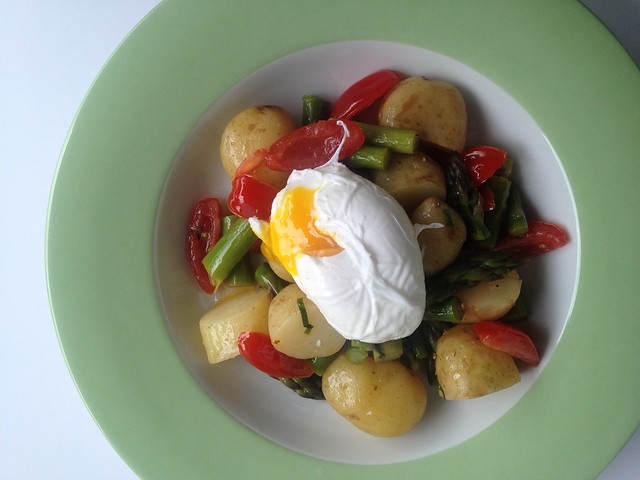
About expiration dates: there are two kinds of expiration date to be found on all processed foods. Laws vary from one country to another, but generally speaking, if food has undergone anything more than mere picking and packing, it requires a date of some kind. 'Best Before' and 'Use By' are the two most common dates to be found, and both have very different meanings. 'Best Before' dates imply that until said date, the food's aesthetic qualities are at their prime, and any complaint you may have about it will be considered up until that date; after said date, the food is most likely still edible, but the manufacturer no longer bears any responsibility for it. The 'Use By' date is a little more complex: it is used for more perishable items that, when consumed post date, may cause harm, especially to people with compromised immune systems.

However it is important to bear in mind, that all dates are general guidelines: if the milk was fine one day, it will not suddenly go off overnight, it usually gives off very clear signs before turning. Trust your instincts: open the container, look inside, give it a sniff. If the food looks odd or smells funny, by all means, throw it out; if, on the other hand, visual and nasal tests still leave you clueless, taste it. Many foods, with the exception of raw meat and fish, can be stretched for a few days beyond their use by dates, others can go for a week or more. Of course, trust your gut feelings: if in doubt, throw it out.
Next time, I'll try to tackle the pantry!
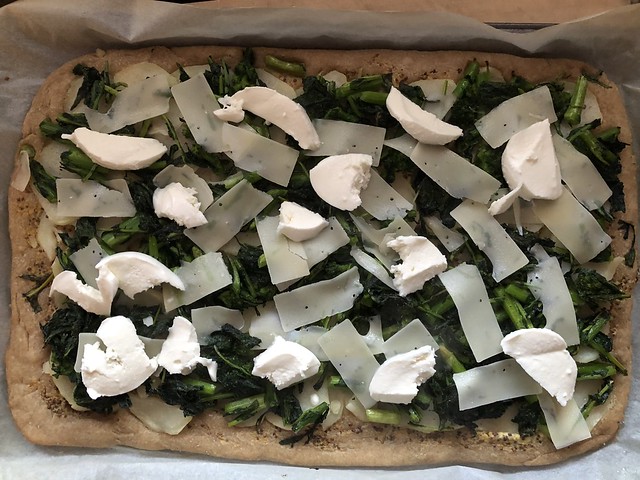
Happy Earth Day!
Bon App'!


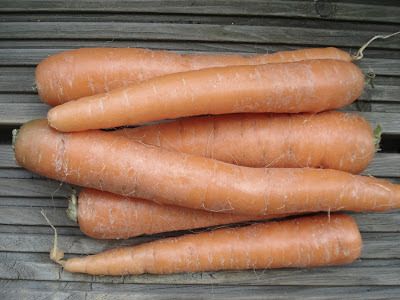

Comments
Post a Comment